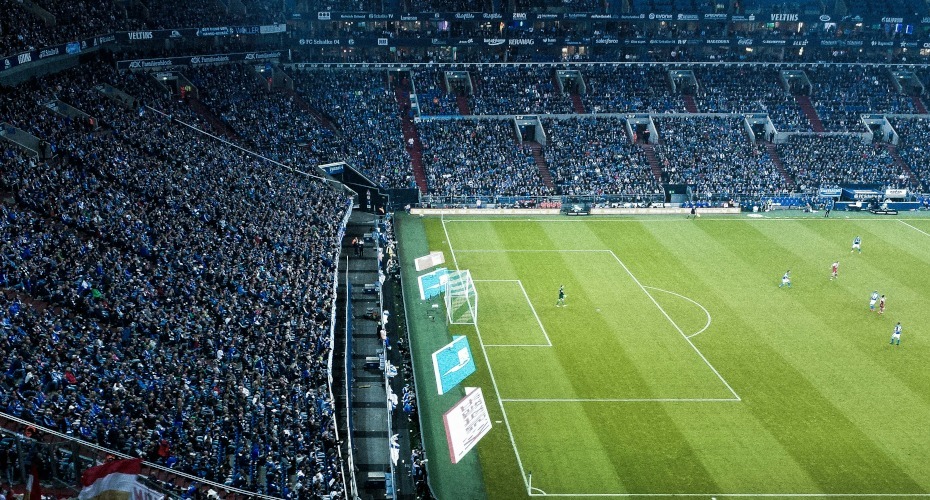What distinguishes the most competitive football league in Europe amidst discussions of one-team dominance and serial winners? The quest for genuine competitiveness prompts an exploration of leagues with diverse champions over the last 10-15 years.
While one-team dominance is not new, examining historical competitiveness reveals intriguing patterns. The Bundesliga, initially with seven different winners from 1963-64 to 1969-70, now faces a decade-long Bayern Munich reign. Seven major leagues (England, France, Germany, Italy, Netherlands, Portugal, Spain) for men and five for women serve as the backdrop for analysis.
Currently, Serie A emerges as potentially the most competitive men’s league, witnessing four different winners in the last four seasons. However, these four teams monopolize the title in the past 22 years, with Inter and Juventus each enjoying extended periods of dominance.
England, with four different winners in the past decade, boasts competitive diversity, thanks to Leicester’s miraculous triumph in 2015-16. The Premier League, with six winners in 20 years, surpasses other major leagues, except France. Serie A also leads among big women’s leagues, with five winners in the last 10 years and eight in the last 20.
The number of different winners in the past 10 and 20 seasons provides a comprehensive view:
Men’s (20 years)
- 7 France
- 6 England
- 5 Germany, Netherlands
- 4 Italy, Spain
- 3 Portugal
Men’s (10 years)
- 4 England, Italy
- 3 France, Netherlands, Portugal, Spain
- 1 Germany
Women’s (20 years)
- 8 Italy
- 6 Spain
- 5 England
- 4 France, Germany
Women’s (10 years)
- 5 Italy
- 4 England
- 3 Spain
- 2 France, Germany
Examining the past 20 years, the Erovnuli Liga in Georgia stands out as Europe’s most competitive men’s league. Dinamo Tbilisi, the current champions, secured eight titles with a staggered pattern, winning no more than two consecutively. In women’s football, Russia and North Macedonia lead with six and ten different winners, respectively.
In summary, Georgia (men’s) and North Macedonia (women’s) emerge as the most competitive European leagues over the past two decades. While there are over 100 leagues, these present a nuanced glimpse into football’s competitive landscape. Notably, the Bosnia and Herzegovina Women’s Premier League stands as the least competitive, with SFK 2000 Sarajevo securing the last 21 titles and a strong start to the new season.
England, with four different winners in the past decade, boasts competitive diversity, thanks to Leicester’s miraculous triumph in 2015-16
— Secret Match Day Team









